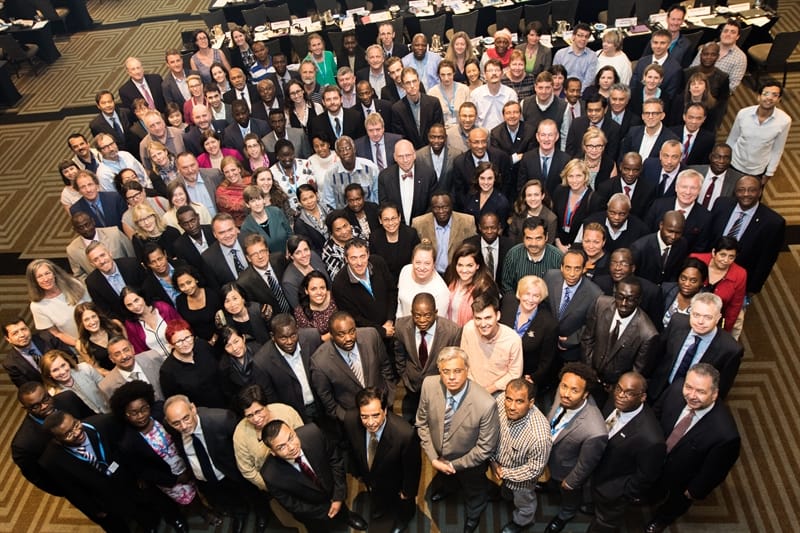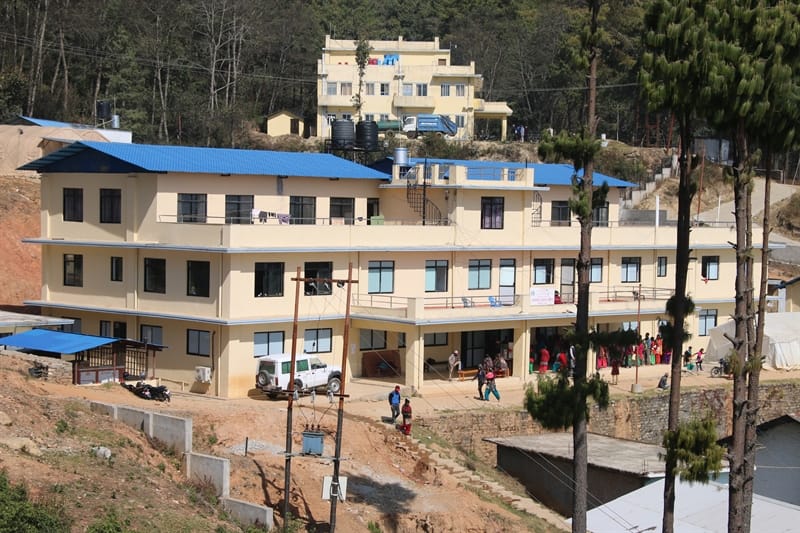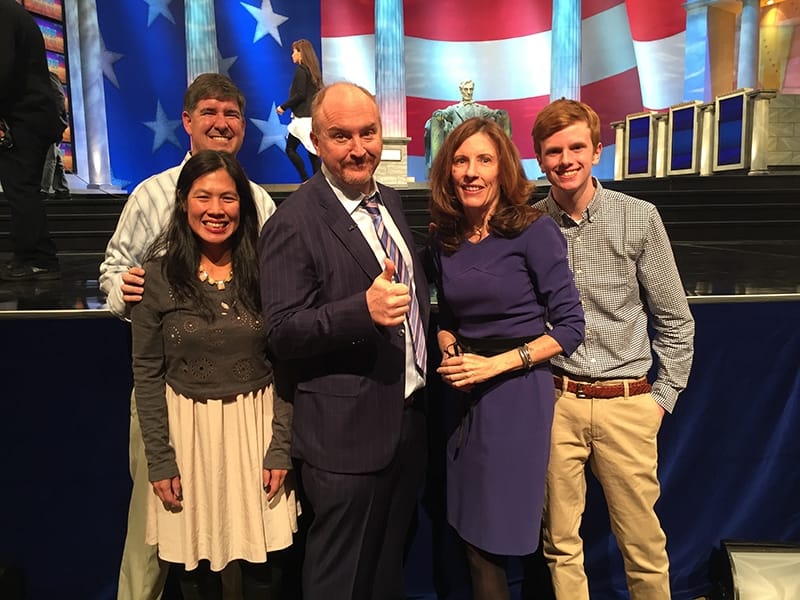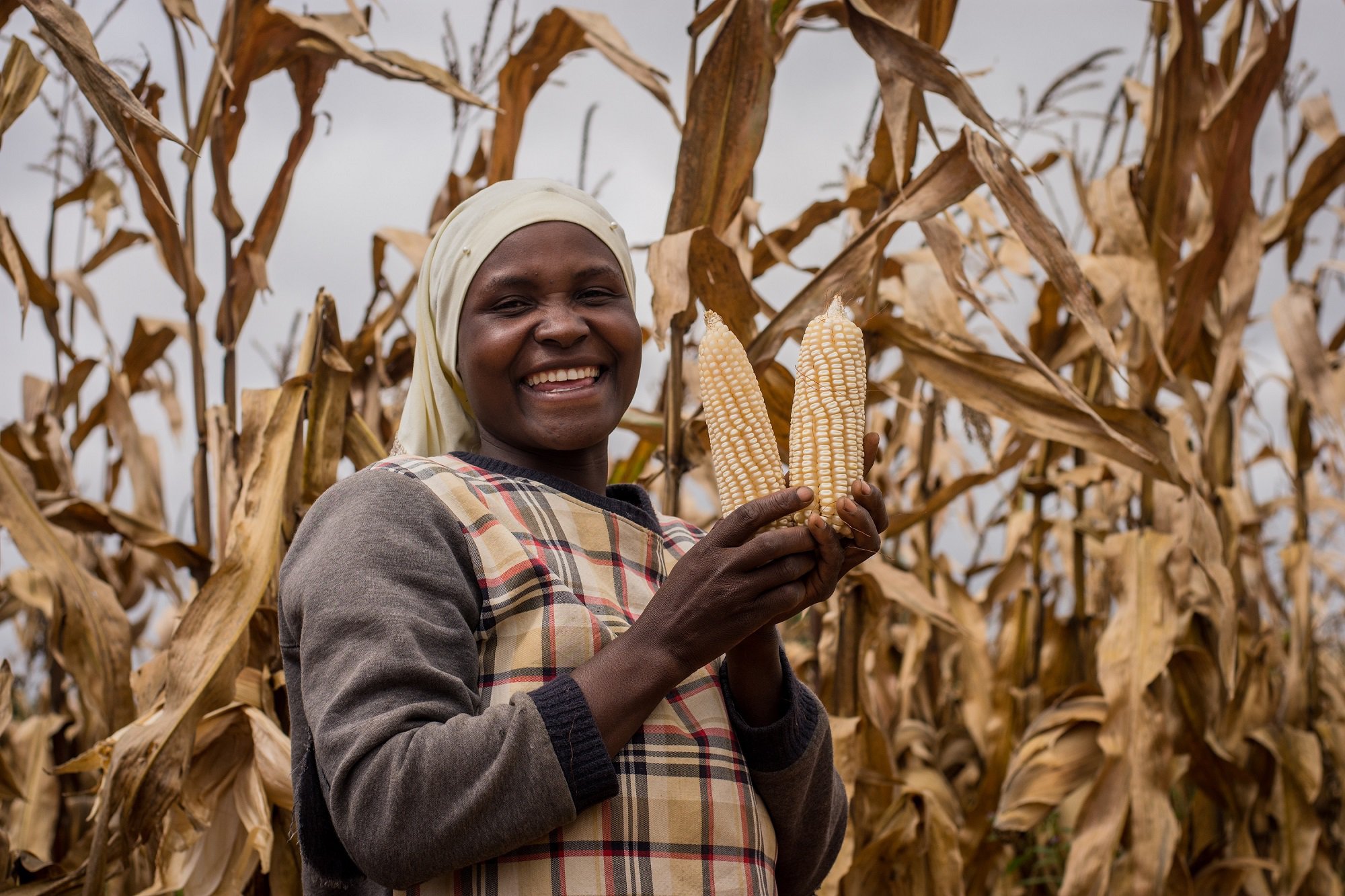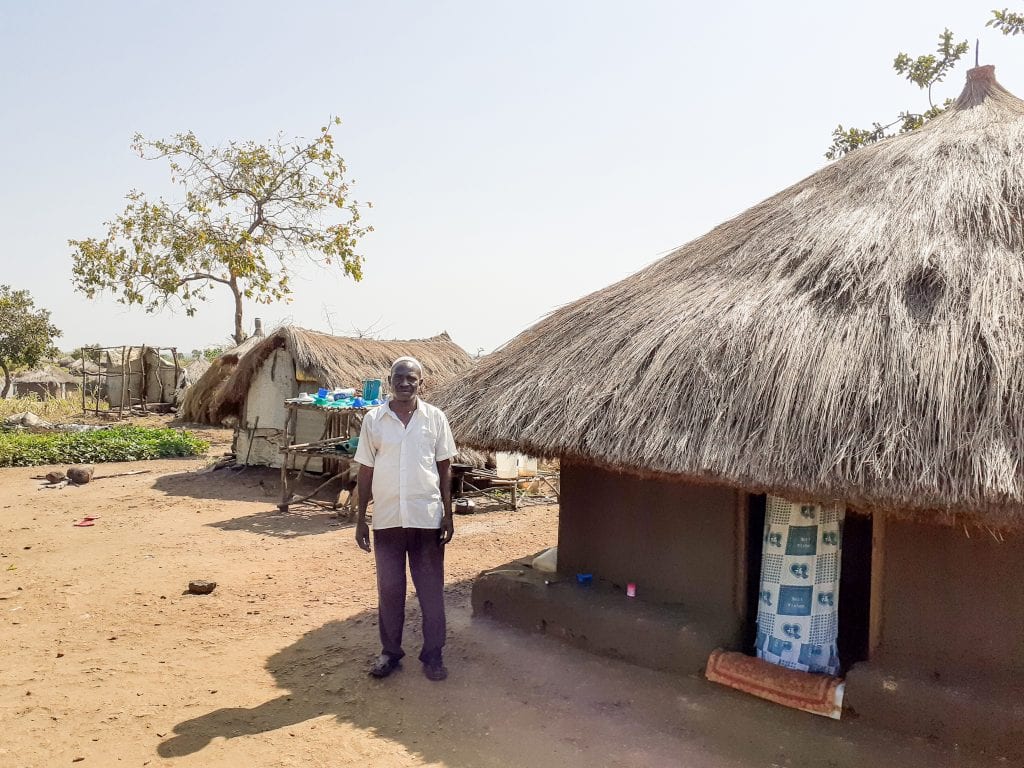An ambitious global mapping project has revealed it would cost about US$1 billion to eliminate blinding trachoma by 2020, of which US$200-300 million has already been committed, as reported to the annual meeting of GET2020 (Global Elimination of Trachoma by 2020) international conference in Sydney in April. The conference, hosted by the Fred Hollows Foundation, had about 160 attendees from more than 50 countries.
The estimate, based on a three-year survey of 2.6 million people in 29 countries, has revealed the true scope and cost of eliminating the disease, which is the world’s leading infectious cause of blindness.
Chair of the International Coalition for Trachoma Control, Virginia Sarah from The Fred Hollows Foundation, said that Australia was the only developed country to still have trachoma and as a result was at the forefront of the global challenge.
“Trachoma is preventable yet millions of people around the world continue to lose their eyesight because of the scarring and in-turned eyelashes caused by infection,” Ms Sarah said.
“It is not just devastating but also excruciatingly painful – that’s why it remains one of The Fred Hollows Foundation’s priorities here in Australia and where we work overseas.”
Trachoma causes blindness in more than 50 countries. Globally, 200 million people live in trachoma-endemic areas – primarily in the poorest communities in the developing world. Currently 1.2 million people worldwide are blind from trachoma.
Ending trachoma is an achievable goal, thanks to a strategy called SAFE (Surgery, Antibiotics, Facial cleanliness and Environmental improvement). Organisations around the world are uniting like never before to implement this strategy.
Last year around FHF treated more than 8 million people globally with antibiotics for trachoma, performed more than 46,000 trachoma/trachiasis surgeries and trained hundreds of surgeons, community health workers and teachers to educate children on facial cleanliness and eye health to address trachoma. They also built or upgraded 346 water points and 46 latrines.
The goal of the conference was to set priorities for combating the disease, including raising the remaining needed funds.
Chief Scientist of the Global Trachoma Mapping Project, Dr Anthony Solomon, said one of the primary hurdles to elimination had been a lack of information. But the new survey provides a clear picture of exactly what is needed to eliminate the disease.
“The amount of high quality data collected over the past three years by the mapping project has been greater than all the data collected over the previous 30 years,” Dr Solomon said.
“We now know that around 200 million people are at risk of trachoma and 3.6 million need surgery to avoid blindness. Based on current estimates, an additional US$700-800 million is needed to implement the SAFE strategy and eliminate trachoma globally by 2020.”
“With less than four years to reach the elimination target, we need to tackle the issue head on. Thanks to the powerful unity of the Alliance for GET2020, there is global commitment to eliminating a disease that has existed for thousands of years.”
Other key findings of the Global Trachoma Mapping Project:
• The blinding stage of trachoma is up to four times more common in women than men (probably due to their greater close contact with infected children)
• Nearly 50% of people at risk of trachoma live in three countries: Ethiopia, Nigeria and Malawi
• 42 countries need interventions to eliminate trachoma
The Global Trachoma Mapping Project was a ground-breaking collaboration led by Sightsavers. The partnership involved ministries of health, the UK government (DFID) and the US government (USAID), London School of Hygiene & Tropical Medicine, International Trachoma Initiative and many not for profit organisations, most of whom are members of the International Coalition for Trachoma Control (ICTC).
Dr Caroline Harper, CEO of Sightsavers, which led the Global Trachoma Mapping Project, said: “This creates a lasting platform which will underpin the drive to eliminate trachoma, and will also contribute to efforts to eliminate other neglected tropical diseases. It demonstrates how critical accurate data are in the battle to eliminate diseases, and has been a tremendous exercise in collaboration and the use of mobile technology.”
